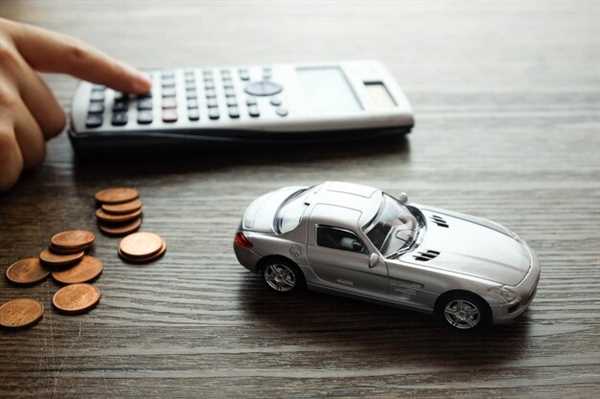
To succeed in selling your vehicle at an auction, a thorough understanding of the process is key. Begin by researching upcoming sales and their specific rules, as each event may have distinct requirements regarding entry fees, documentation, and reserve prices. This knowledge allows you to enter the auction with clear expectations.
Next, presenting your automobile in optimal condition is crucial. Clean both the interior and exterior, and conduct any minor repairs that might enhance its appeal. Photographs taken in good lighting can showcase your car’s best features, making it more attractive to potential buyers.
When it comes to pricing, set a competitive starting bid. Analyze similar vehicles’ sales to determine an appropriate amount. This strategy can help you attract initial interest and generate excitement amongst bidders.
Lastly, keep open communication with auctioneers. They can provide valuable insights into bidding behavior and may offer strategies to enhance your sales outcomes. By following these recommendations, you will position yourself better for a successful and swift sale.
Maximizing Your Car’s Appeal for Faster Auctions

To sell quickly at an auction, ensure your vehicle is clean and well-maintained. A detailed exterior and interior can significantly enhance attraction. Level of cleanliness can influence buyer decisions, so invest time in washing, waxing, and vacuuming.
Set a competitive price based on market research. Investigate similar listings to determine an enticing starting bid. Underscore the value proposition by highlighting unique features or recent upgrades that add appeal.
Preparation of accurate documentation is paramount. Provide all necessary records, including maintenance history and title information, to instill confidence in potential buyers.
Photographs play a critical role. Capture high-quality images from various angles, showcasing the interior, exterior, and engine. Good visuals help buyers feel more connected.
Be present and engage during the auction. Offer insights and answer questions, allowing buyers to connect more personally with the asset. This interaction fosters trust and can lead to prompt bids.
Utilize online platforms effectively. Many buyers use digital resources to scout vehicles. Promote the auction on social media or automotive forums to draw a wider audience.
Lastly, if possible, consider providing test drives on-site. Engaging prospects through hands-on experience can lead to quicker decisions and faster sales.
Tips for Setting the Right Starting Price at Auctions

To ensure a successful transaction, research comparable models to determine a competitive starting price. Look at recent listings and sold units, factoring in mileage, condition, and added features.
Set the initial bid at a level that attracts buyers but leaves room for negotiation. A price slightly below the average market rate can stimulate interest and foster bidding activity.
Consider the auction platform’s fees and buyer premiums that may affect the final sale price. Incorporate these costs into your calculations to maintain profitability.
Monitor current demand trends for your vehicle type. Seasonal factors or economic conditions can influence buyer interest and set pricing expectations.
Highlight key selling points of your vehicle in the listing to justify the chosen starting bid. Transparency about the car’s history and unique features can enhance perceived value.
Be prepared to adjust your strategy. If bidding is slow, a timely price reduction can rekindle interest and motivate potential buyers.
Understanding Auction Dynamics to Buy Cars Wisely
Research the auction process thoroughly. Understand how bids are placed and what factors affect the final sale price. Knowledge of the auctioneer’s style can provide an advantage. Observe how long participants hold the bidding and note their behavior.
Set a budget before entering the venue. Know the maximum amount you are willing to invest. Sticking to this amount prevents emotional decisions that lead to overspending.
Examine vehicles carefully. Check their condition, mileage, and service history. Verify details against provided documentation. Utilize resources such as vehicle history reports to assess any potential issues.
Participate in preview days to inspect cars closely. Test drive options, if available, to gauge performance. This can help in identifying any hidden problems that may not be apparent during a surface inspection.
Stay calm during the bidding process. Reacting impulsively can result in overpaying. Focus on competitors and remain aware of their tactics. Sometimes waiting for others to place high bids can allow for a last-minute purchase at a lower price.
Consider timing when attending these events. Certain days and times may attract fewer buyers, leading to better deals. Understand peak auction times to strategize when to bid.
Networking with experienced buyers can yield insights into strategies for successful purchases. Learning from others’ experiences provides valuable lessons that can inform your approach.
Be patient. Selling fast does not mean sacrificing quality. High demand vehicles may sell quickly, but thorough research beforehand ensures a wise purchase.



